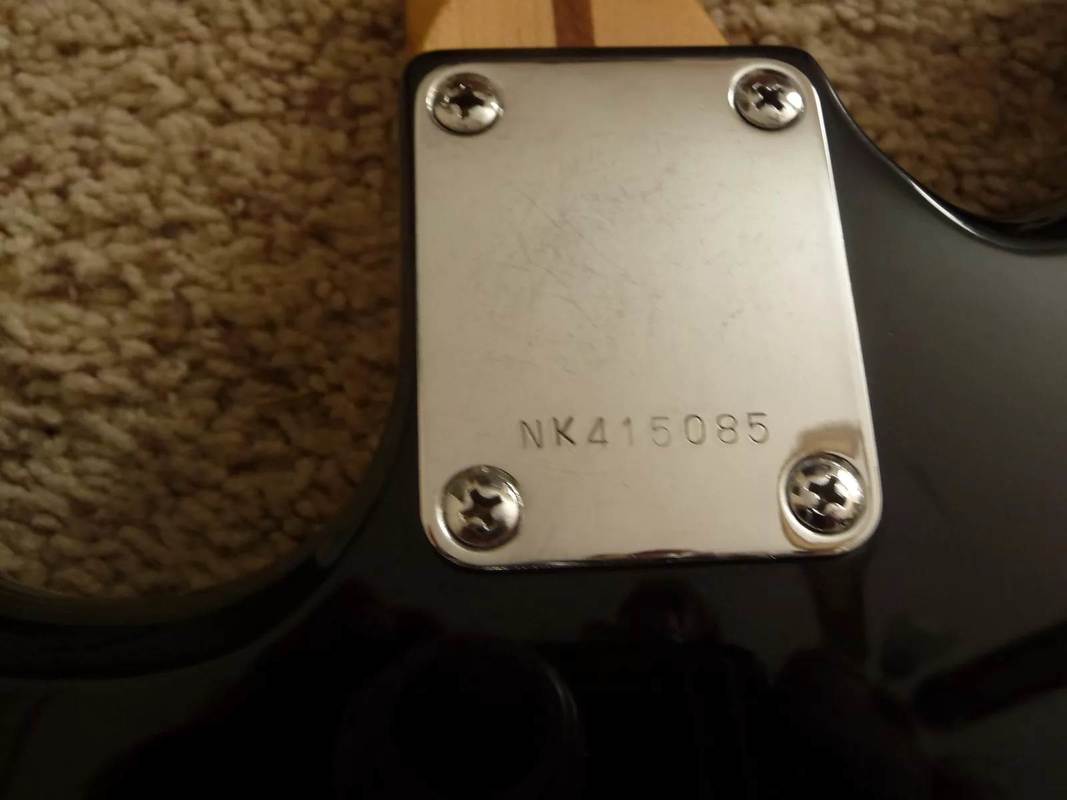

I'm a little late, but I just ran across this thread) makes no data sense at all. I'm sorry, but this part of your reply (3 years ago. Here is a thread with a similar question at that forum. MIJ Teles based on the 1952 Tele were designated TL-52.įor more information, I suggest you post the same question at the Telecaster Guitar Forum.

The Rosewood Telecaster was TL-69, because the original stock model was from 1969 (Harrison's prototype was from 1968 but the mass production model was started in 1969).

Fender Japan reissues from the 1980s had a model designation based on the year the original model was based on. The unbound body Tele Custom designation was TL-62 and the bound body Tele Custom designation was TL-62B. If you remove the neck you will only find the model designation for the Japanese reissue. I would guess that a Tele Custom MIJ from the 1980s would sell for far more money than when it was new stock. Squier (even MIJ) was always cheaper and of less quality than Fender MIJ. Today, 1980s Fender MIJ models are far more desirable than Fender US models of the same period. Please, read this Fender Japan article for more information. The "Made in Japan" label at near the heel was used until 1997, the "Crafted in Japan" label starting being used in 1992. Dome knobs, barrel style toggle switch tip, and Kluson style tuning gears were fitted in all models. 1980s) would be the multi-ply pickguard, the number of pickguard screws and the rosewood fingerboard. The only difference between a 1960s MIJ Tele model and a 1950s model Tele (from the period, i.e. Thus the neck plate was plain, no legend. 1980s Japanese reissue models were built from a 1952 Telecaster template. The FENDER engraving at the neck plate defines the guitar as a 1990s model.


 0 kommentar(er)
0 kommentar(er)
